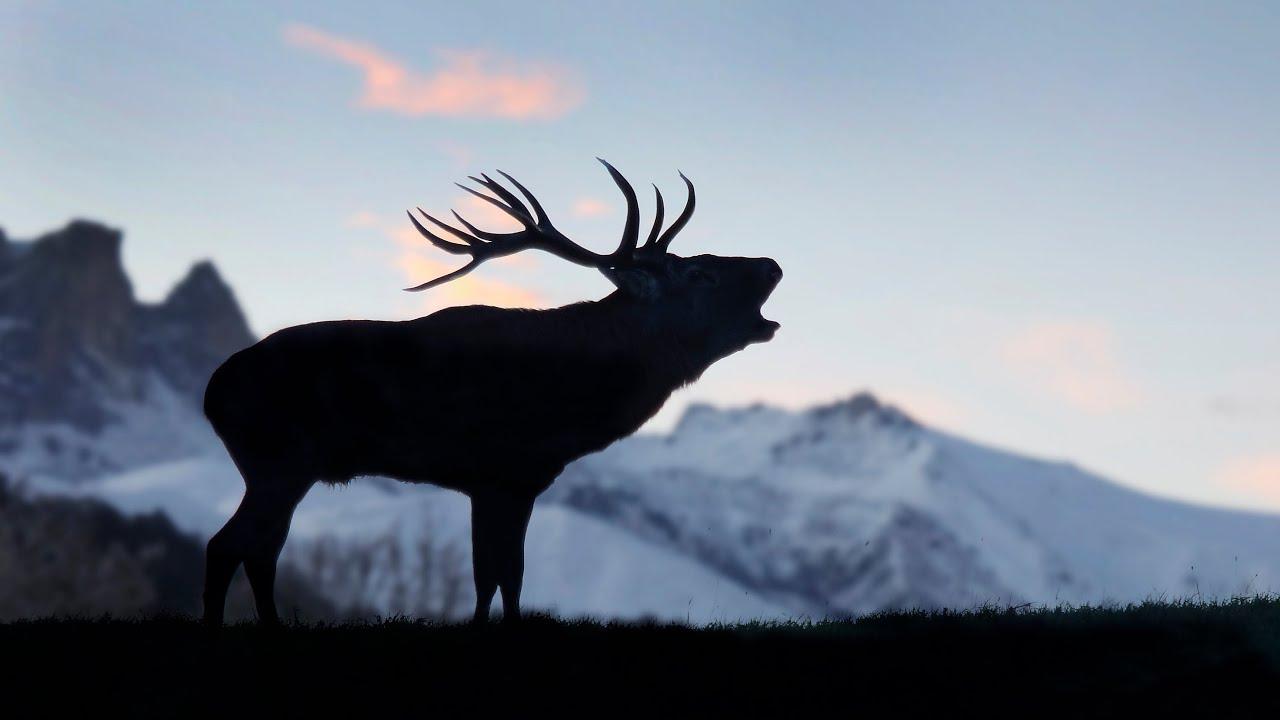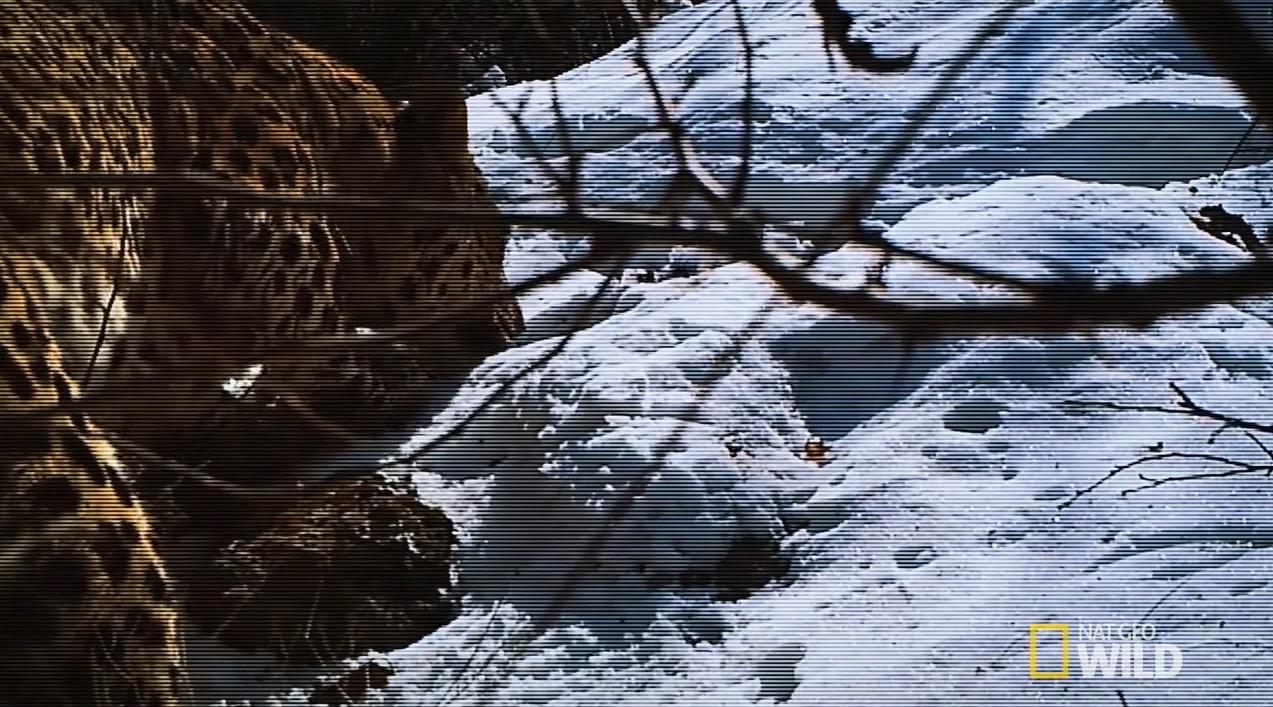Real-time virtual travel to wildlife: trial cameras promise more for Azerbaijan's ecotourism A country where world's most wanted leopard discovered
A squirrel sits and eats food spilt in a bowl, and a bird flies around to join it. Sometimes a boar appears to check the party. And the symphony of birds echoing among the woods helps rest and reboot the brain after an exhausting working week. You are probably thinking now that I’m going to talk to you about a hot travel deal. No, I will tell you how you can enjoy all these without going to nature.
A camera installed in a forest in Poland allows monitoring of the daily activities of animals, birds and other residents of the area in real-time. Time and space do not matter - all you need is a device connected to the Internet and a YouTube application or website. You can even give a glance at how the party goes in the Zakatek forest right now.
Nature in Central Europe’s Poland can offer multiple destinations for relaxing body and mind, including mountains, lakes, rivers, seaside, beaches, and wild forests. According to the Polish Tourism Organization, there are 23 national parks in the country which boast unique natural beauty and biological significance and are home to dozens of species of animals and birds, such as wild boar, European bison, white stork, European wolf, roe deer, wild hedgehog, as well as a mute swan, Eurasian jackdaw, fieldfare, woodpecker, and others.
However, only 1 per cent or 317,386 hectares of the total area of Poland belongs to the national parks and their habitat. If a small camera can unearth the miracles of mother nature in such a tiny area in Central Europe, let’s think about what it can put into the spotlight in the diverse nature of Azerbaijan expanding through nine different climate zones.
Azerbaijan is situated on the northern extremity of the subtropical zone, in the southeastern part of the Caucasus, the northwestern part of the Iranian plateau, and the western shores of the Caspian Sea. The geographical location and landscape, including the Minor and Major Caucasus mountain ranges, the Talysh mountains, the Kur-Aras valley and others, as well as the effect of the sun's radiation, comes-and-goes of air masses of different origins in the country turn it into a paradise for hundreds of animals and birds species, some of which have rarely been caught on cameras.
Let’s explore what we can enjoy through game cameras installed in, for example, the Zangazur, Hirkan or Goygol National Park or the Gizilaghaj Reserve in Azerbaijan. There is a hidden treasure for wildlife watchers, wildlife researchers, and the rising ecotourism fandom in the largest country of South Caucasus.
The animal kingdom - the diversity of various types of animals, which inhabit and populate a defined ground or water area – of Azerbaijan was first mentioned for its richness and diversity in travel notes of Eastern travellers. The first information on the animal kingdom of Azerbaijan was reportedly collected during the visits of naturalists to Azerbaijan in the 17th century.
The animal kingdom of Azerbaijan is very rich, partly due to the diversity of its natural complexes. There are 97 species of mammals, 357 species of birds, 67 species of reptiles and amphibians, 97 species of fish, and over 15 thousand species of invertebrates in the country sitting on an 86.6 thousand square kilometres of territory.

The natural habitat of various types of animals is very different within the country. Some species populate special restricted areas (lakes, parts of mountainous areas) while others are spread throughout the country. For example, passerines can be found anywhere in the territory of Azerbaijan.
For a wildlife watcher or a fauna addict, spotting a rarely seen animal or bird registered in the Red Book could be a bolt from blues. There are 108 species of animals, including 14 species of mammals, 36 species of birds, 13 species of reptiles and amphibians, 5 species of birds, and 40 species of insects listed in the Red Book of Azerbaijan.
Arguably, the most significant exploration of wildlife in Azerbaijan over the recent years was the National Geographic Wild team’s discovery of the world’s most wanted leopard in 2017. The trail cameras installed in the Hirkan National Park in the Talysh mountains spotted the world’s largest and Europe’s last surviving leopard sneaking through the woods. Leopards are also seen in the Zangazur National Park in the country.

The diverse landscape has much to offer in the various parts of Azerbaijan. For instance, the golden eagle inhabits mainly mountainous areas. The Caucasus tetra occupies the sub-Alpine areas of the Major and Minor Caucasus, while the green head duck populates the Caspian Sea coast and inland water reservoirs. Goats and West Caucasus moufflons inhabit the Nakhchivan Autonomous Republic, jeyran gazelles can only be found in Shirvan natural preserve, Bendovan, and Korchay regions of Azerbaijan. The Caucasus goat populates the western slopes of the Major Caucasus in the Balakan, Gabala, Zakatala, and Ismayilli regions.
It would be nice to see the same initiative of installing game cameras in the rich forests of Azerbaijan by the country's Natural Resources and Ecology Ministry. After all, it will not be an arduous search for “actors” to perform a virtual play before the cameras. Almost every inch of Azerbaijan’s nature has something to offer from the mating dance of birds in the Gizilaghaj Reserve, a leopard guiding its cubs through the woods in the Zangazur National Park to a bear looking for honey in the tree stumps in the Major Caucasus mountains.
In the meantime, the forests and valleys in the liberated lands of Azerbaijan has also much to reveal for game cameras. After nearly three decades of Armenian occupation, the Azerbaijani army ousted the invaders from those lands to restore Azerbaijan’s sovereignty. Wolf, fox, wild boar, hare, coyote, squirrel, as well as pheasant, partridge, quail, and pigeon are the main habitats of the wildlife in the Kalbajar, Lachin, Zangilan, Kohjavand and other regions in the Karabakh and East Zangazur regions.
In Azerbaijan, it is more than easy to unearth what nature has been hiding for years but is ready to share. It would warmly welcome virtual travellers into its untouched terrains. The juxtaposition of technology, human desire, and nature’s embrace is all we need to enjoy a unique experience day and night.
No one can predict what a trail camera can discover deep in the forests, deserts, or valleys of any country, including Azerbaijan. It is just a matter of interest and desire to delve into the secrets of mother nature. One step can lead to many miracles coming to light. It can also echo beyond the borders of a specific area and trigger the interest of foreigners, in particular, the ecotourism aficionados, who cannot wait to see the hidden faces of nature. The virtual tours could later lure the travellers to come and see everything through their own eyes and explore other obvious and hidden beauties of Azerbaijan. The country’s national tourism slogan says “Take another look!” A trail camera that brings nature’s breath right into where we are could really be an “another look” at Azerbaijan.
The Goygol National Park of Azerbaijan








